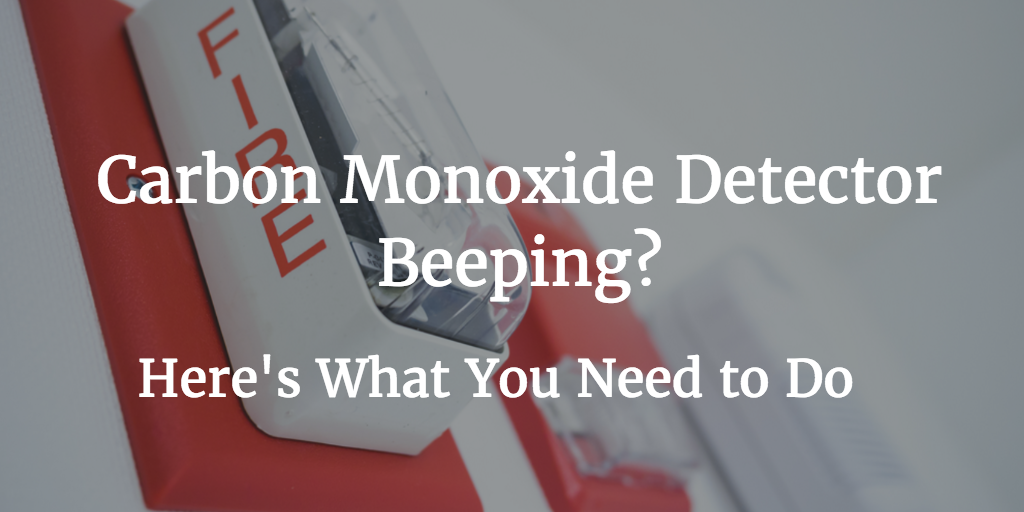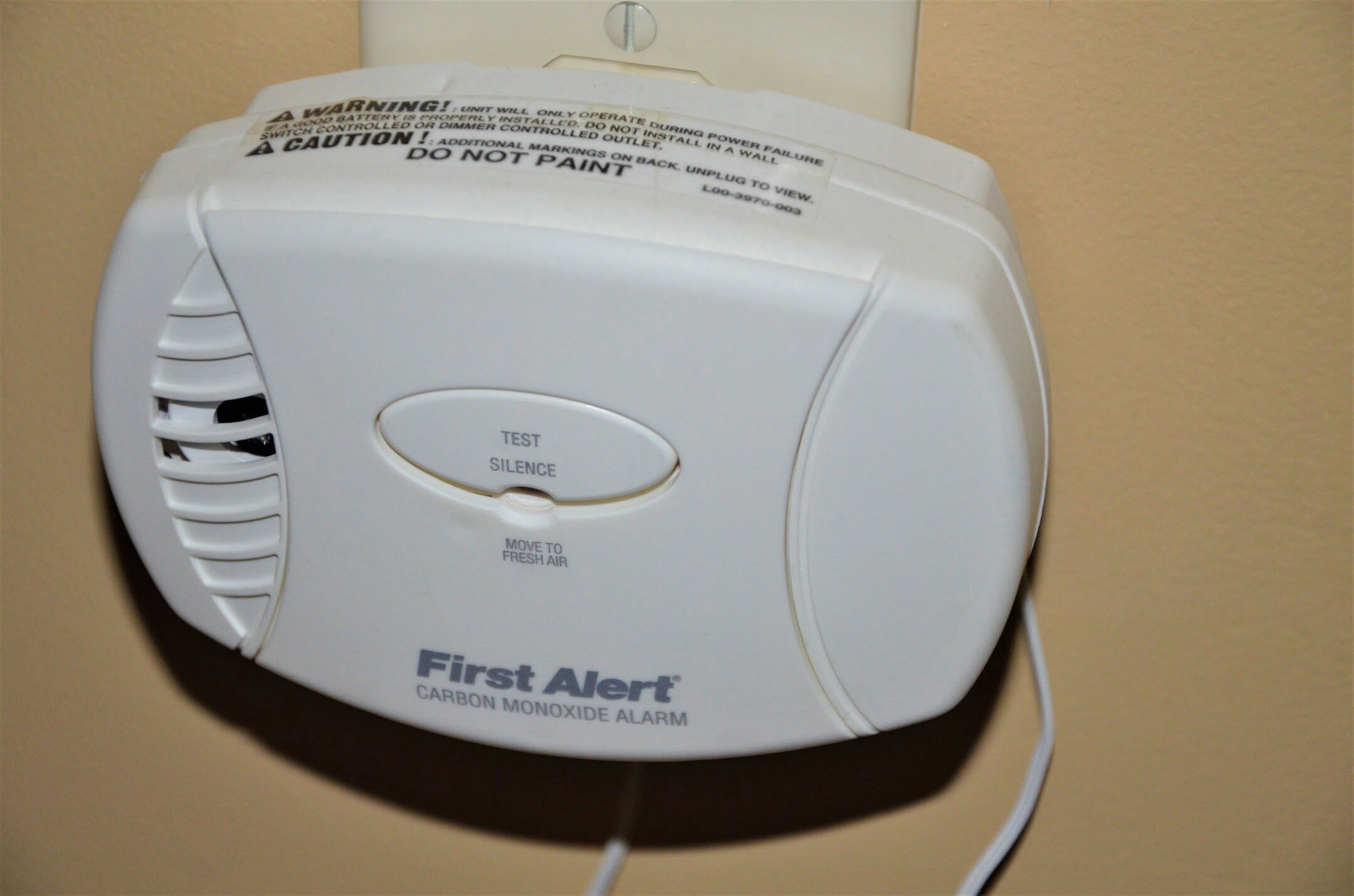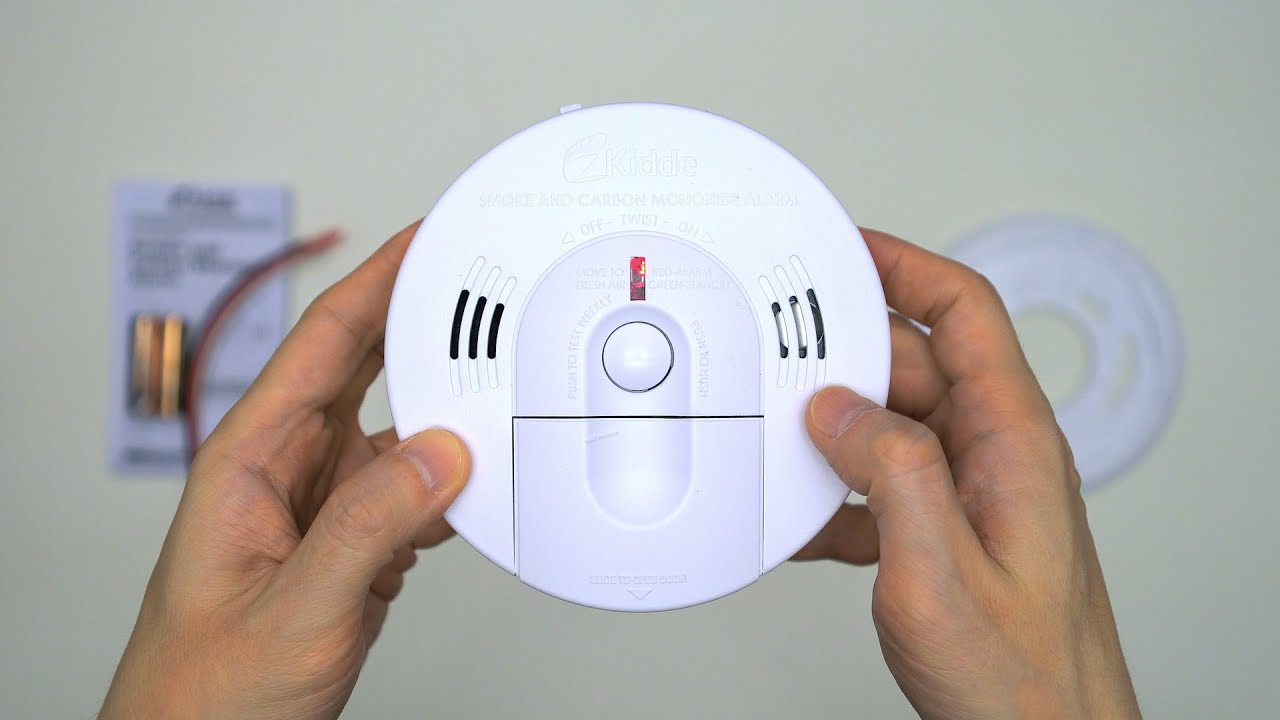Why Is My First Alert Carbon Monoxide Detector Beeping

A beeping carbon monoxide (CO) detector is never something to ignore. Whether it's a single chirp or a continuous alarm, it's a sign that requires immediate attention. First Alert CO detectors, like other brands, are designed to protect your family from this silent killer. Understanding why your First Alert detector is beeping is crucial for ensuring your safety and preventing potential CO poisoning. This comprehensive guide will walk homeowners, HVAC technicians, and facility managers through the various reasons behind those beeps, offering solutions and preventative measures.
Understanding the Different Types of Beeps
First Alert detectors use different beep patterns to indicate different situations. Distinguishing between these patterns is the first step in diagnosing the problem. Here's a breakdown:
- Four quick beeps followed by silence: This is the sound of a true CO alarm. Evacuate the premises immediately and call emergency services or your local fire department. Do not re-enter until they give the all-clear.
- A single chirp every 30-60 seconds: This typically indicates a low battery. Replace the batteries immediately. Even if the detector is hardwired, it likely has a battery backup that needs replacing.
- Five beeps every minute: Some First Alert models use this pattern to indicate the end of the detector's life. Carbon monoxide detectors have a limited lifespan (typically 5-10 years), after which the sensor becomes unreliable. Check the expiration date on the back of the detector.
- Continuous beeping or erratic chirping: This could indicate a malfunction within the detector itself. Try resetting the detector (usually by pressing the test/reset button). If the beeping persists, replace the unit.
Checking the Obvious: Low Batteries
The most common cause of a single chirp every 30-60 seconds is a low battery. Even hardwired CO detectors often have battery backups for use during power outages. Follow these steps:
- Replace the batteries: Use the correct type of battery specified by the manufacturer (usually AA or 9V).
- Test the detector: Press the test button to ensure the new batteries are working properly.
- Monitor the detector: Listen for any further chirps. If the beeping continues after replacing the batteries, move on to the next potential issue.
End-of-Life Signal
Carbon monoxide sensors have a limited lifespan, typically between 5 and 10 years. After this time, the sensor's accuracy degrades, and the detector will emit an end-of-life signal. This is often indicated by five beeps every minute, but check your detector's manual for the specific pattern.
How to Identify an Expired Detector:
- Check the expiration date: Look for a date printed on the back or side of the detector. This date indicates when the unit should be replaced.
- Refer to the manual: The manual will specify the detector's lifespan and the end-of-life signal pattern.
What to Do: Replace the detector immediately with a new one. When purchasing a replacement, consider models with digital displays that show the CO level, as well as those with interconnected capabilities that can alert you via smartphone.
Investigating Actual CO Leaks
While low batteries and end-of-life signals are common culprits, a four-beep alarm indicates the presence of carbon monoxide. CO is a colorless, odorless, and tasteless gas produced by the incomplete combustion of fuels such as natural gas, propane, oil, wood, and kerosene.
Potential Sources of CO:
- Furnaces: A malfunctioning furnace is a primary source of CO leaks, especially if it's not properly maintained.
- Water heaters: Gas-fired water heaters can also produce CO if not properly vented or maintained.
- Fireplaces: Wood-burning fireplaces and gas fireplaces can release CO if the chimney is blocked or the gas line is leaking.
- Appliances: Gas stoves, ovens, and dryers can emit CO, especially if they are old or not well-ventilated.
- Vehicles: Running a car in an attached garage, even with the door open, can quickly lead to dangerous CO levels.
- Portable Generators: These should never be operated indoors or in enclosed spaces.
If Your CO Detector Alarms:
- Evacuate immediately: Get everyone out of the house and into fresh air.
- Call emergency services: Call 911 or your local fire department from a safe location.
- Do not re-enter: Do not go back inside until emergency personnel have cleared the building and identified the source of the CO.
- Professional Inspection: Have your HVAC system, appliances, and fireplaces inspected by qualified technicians.
Addressing Malfunctions and False Alarms
Sometimes, a CO detector may beep or alarm even when there is no actual CO present. This can be due to several factors:
- Dust and debris: Dust and other particles can interfere with the sensor's accuracy, causing false alarms. Clean the detector regularly with a soft brush or vacuum attachment.
- Humidity: High humidity levels can also affect the sensor's performance. Ensure the detector is not placed in areas with excessive moisture, such as bathrooms or near showers.
- Chemical interference: Certain chemicals, such as cleaning products, aerosols, and paints, can trigger false alarms. Avoid spraying these products near the detector.
- Faulty detector: In some cases, the detector itself may be faulty. Try resetting the detector by pressing the test/reset button. If the problem persists, replace the detector.
Proper Placement and Maintenance
Proper placement and regular maintenance are crucial for ensuring the accuracy and reliability of your CO detectors.
Placement Guidelines:
- Install on every level of your home: CO rises, so at least one detector should be placed on each floor, including the basement.
- Near sleeping areas: Place detectors outside of sleeping areas so you can hear the alarm while you're asleep.
- Avoid obstructions: Do not place detectors behind furniture or curtains that could block airflow to the sensor.
- Keep away from fuel-burning appliances: Position detectors at least 10 feet away from furnaces, water heaters, and stoves to avoid false alarms from brief CO emissions during startup. Refer to the manufacturer's instructions for specific placement recommendations.
- Follow manufacturer's guidelines: Always follow the manufacturer's instructions for placement and installation.
Maintenance Tips:
- Test regularly: Test your CO detectors monthly by pressing the test button.
- Clean regularly: Clean the detector with a soft brush or vacuum attachment every six months to remove dust and debris.
- Replace batteries: Replace the batteries at least once a year, or whenever the low battery warning sounds.
- Replace expired detectors: Replace CO detectors every 5-10 years, as indicated by the manufacturer's expiration date.
HVAC Technician's Perspective
For HVAC technicians, a beeping CO detector often signals a larger problem within the home's heating system. Regular maintenance and inspections are essential for preventing CO leaks.
HVAC Maintenance Checklist:
- Furnace inspection: Inspect the furnace for cracks, rust, and other signs of damage. Check the heat exchanger for leaks, which is a common source of CO. A cracked heat exchanger can allow CO to enter the home's ductwork.
- Venting inspection: Inspect the venting system for proper connections and blockages. Ensure the flue pipe is properly connected to the chimney and that there are no leaks or obstructions.
- Burner inspection: Clean and inspect the burners to ensure they are burning efficiently. Soot buildup can indicate incomplete combustion and increased CO production.
- Carbon monoxide testing: Use a CO analyzer to measure CO levels in the flue and in the surrounding air. Compare the readings to the manufacturer's specifications.
- Gas leak detection: Use a gas leak detector to check for gas leaks around the furnace and other gas appliances.
Troubleshooting Common CO Issues:
- Cracked heat exchanger: If a cracked heat exchanger is detected, it must be replaced immediately. Do not attempt to repair a cracked heat exchanger.
- Blocked venting: Clear any blockages in the venting system, such as bird nests or debris.
- Dirty burners: Clean the burners with a wire brush and vacuum to remove soot and debris.
- Improper combustion: Adjust the burner settings to ensure proper combustion. Consult the manufacturer's instructions for specific settings.
Facility Manager Considerations
For property managers responsible for maintaining large buildings, a proactive approach to CO safety is crucial. Multiple CO detectors should be installed throughout the building, especially in common areas and near potential sources of CO.
Facility Management Best Practices:
- Regular inspections: Conduct regular inspections of all fuel-burning appliances and HVAC systems.
- Preventative maintenance: Implement a preventative maintenance program to ensure all equipment is properly maintained and serviced.
- CO detector maintenance: Establish a schedule for testing, cleaning, and replacing CO detectors.
- Tenant education: Educate tenants about the dangers of CO and the importance of reporting any unusual odors or symptoms.
- Emergency plan: Develop an emergency plan for responding to CO alarms and ensure all tenants are aware of the plan.
By understanding the different types of beeps, investigating potential sources of CO, and implementing proper placement and maintenance procedures, you can ensure the safety of your home or building and prevent the dangers of carbon monoxide poisoning. Don't ignore that beeping sound – it could save a life.










